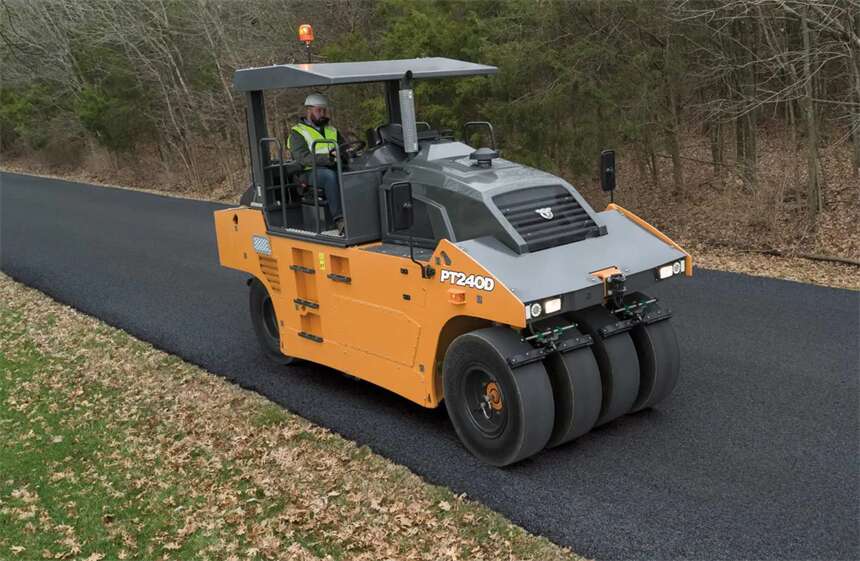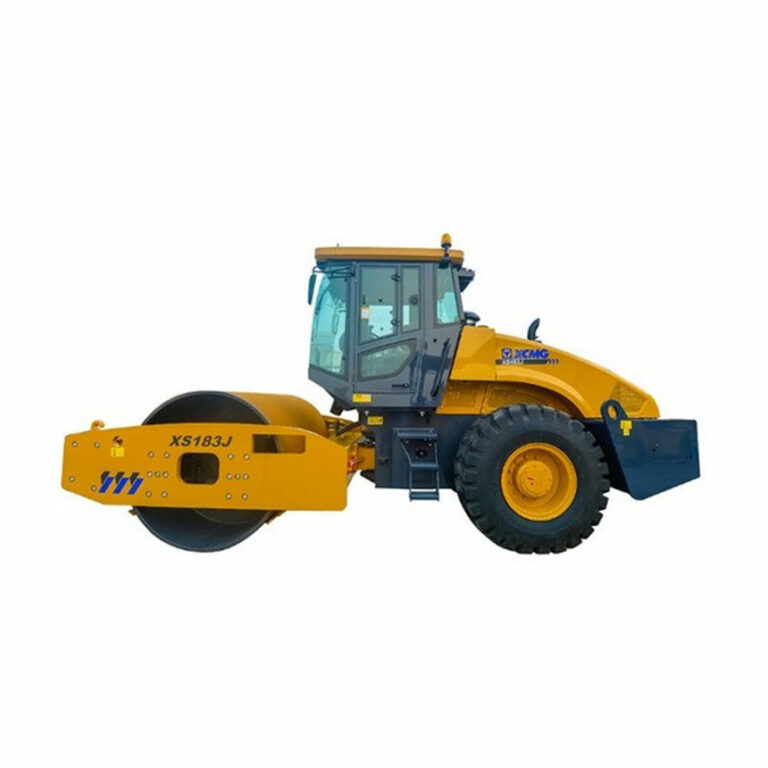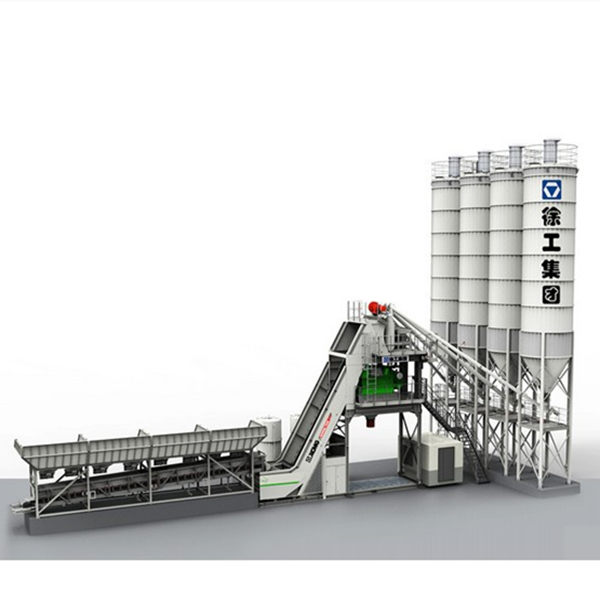How do road rollers work on bends and ramps?

How the road roller works in the bend
When rolling curves or intersections, it is easy to generate shear forces on the laminate. There are many factors affecting the shear force, mainly including line pressure, wheel diameter and wheel width of the road roller; the type and composition of the mixture; the rolling speed; the thickness of the layer and the temperature of the mixture; Whether or not to spray asphalt binder, etc.). The sheer force will cause the paving to move, and many factors affect the shear force because in order to better roll the curve, the following matters should be paid attention to:
- Start rolling from the inside or lower side of the bend to form a good bearing surface.
- Roll as straight as possible to avoid changing directions on the bend.
- Cut-off type rolling can be used, and the rolling tracks can be changed one by one.
- Do not reverse direction on the compacted mixture.
- The steering should be matched with the speed, and should not be turned quickly when the driving speed is very slow.
- Vibration rolling should be used as much as possible to reduce shearing forces.
How rollers work on ramps
When using a road roller to roll asphalt mixture pavement on up and down slopes, the following points should be paid attention to:
- Whether it is uphill or downhill, the bottom layer of the asphalt mixture must be clean and dry, and the asphalt binding layer must be sprayed to prevent the mixture from slipping during rolling.
- Whether it is rolling uphill or rolling downhill, the driving wheel of the road roller should be behind. This has the following advantages: when going uphill, the rear-drive wheel can withstand the driving force provided by the ramp and the machine itself, while the front wheel performs preliminary compaction on the road surface to withstand the larger shear force generated by the drive wheel. ; When going downhill, the impact force generated by the self-weight of the road roller is offset by the braking of the driving wheel. Only the mixture rolled by the front wheel can support the rear driving wheel to generate shear force.
- When rolling uphill, the roller should start, stop and accelerate smoothly to avoid too high or too low speed.
- Before rolling uphill, the mixture should be cooled to the specified lower limit temperature, and then static pre-compression should be carried out. When the temperature of the mixture drops to the lower limit (120°C), vibration compaction should be adopted.
- Downhill rolling should avoid sudden shifting and braking.
- When rolling downhill with a very steep slope, a light roller should be used for pre-compression, and then a heavy-duty roller or a vibratory roller should be used for compaction.
Related Blogs |






